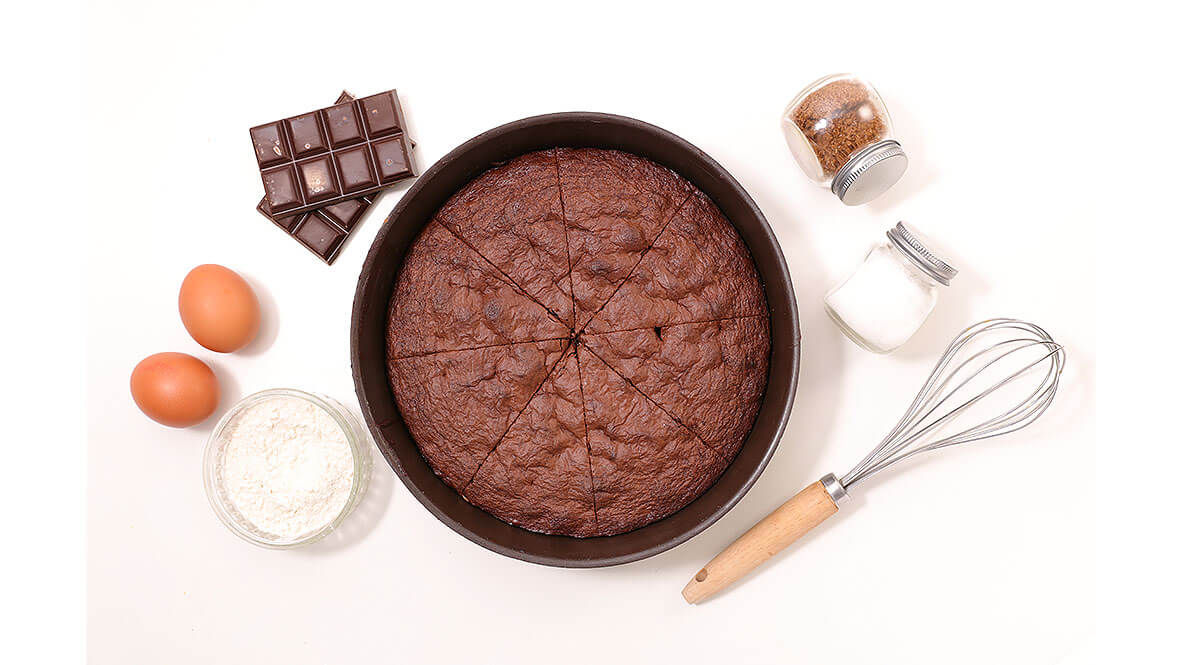The second day of the 39th Congress of the Asia-Pacific Academy of Ophthalmology (APAO 2024) highlighted the pivotal role of eye banking in driving eye care forward. Insightful discussions focused on the significance of tissue donation in research advancement, factors impacting corneal graft survival and strategies for enhancing donor rates at eye banks.
Eye bank’s role in supporting research
Eye banks play a crucial role in supporting research alongside providing tissue for transplantation, emphasized Ms. Heather Machin (Australia), an ophthalmic nurse and Head of the Lions Eye Donation Service.
“By supplying tissue for research, eye banks contribute to advancing knowledge of the eye and its connections to other body parts, developing prevention programs, future therapies, medical devices and improving access to services,” she said.
However, the current system is primarily focused on transplantation, resulting in a lack of routine availability and planning for research tissue.
Ms. Machin also highlighted disparities in how research donors are treated compared to transplant donors, stressing the need for a dedicated research donation program. Such a program would allow for planned and coordinated tissue allocation, expand donation opportunities for individuals ineligible for transplantation and enhance accountability.
In addition, she emphasized the importance of sharing corneas among research groups to maximize donation impact.
Factors affecting corneal graft survival
Corneal endothelial cell density (ECD) gradually decreases over the long-term postoperative period and can sometimes lead to failure of transplanted corneal grafts. As such, Dr. Koji Kitazawa (Japan) and his colleagues set out to assess the biological properties of donor corneas to determine if they affect ECD.
Postoperative ECD was assessed according to the mature-differentiated human corneal endothelial cell (HCEC) contents, categorized into three groups: high-maturity (> 70%), middle-maturity (10% to 70%), and low-maturity (< 10%).
Results showed that at 3 years post-op, the mean ECD significantly decreased to 911 (388) cells/mm2 in the low-maturity group, compared with 1604 (436) cells/mm2 in the high-maturity group. The low-maturity group significantly failed to maintain ECD at 1500 cells/mm2 at 3 years postoperatively. Additional ECD analysis for patients who underwent Descemet’s stripping automated endothelial keratoplasty (DSAEK) alone displayed a significant failure to maintain ECD at 1500 cells/mm2 in the low-maturity group.
Dr. Koji observed that none of the donor factors, such as age, sex, diagnosis, or diabetes, affected postoperative ECD. However, he noted the presence of dead cells in the donor corneal endothelium before transplantation.
Concluding his study presentation, Dr. Koji highlighted that the reason for the decline in postoperative ECD after transplantation remains unknown. However, he suggested that the biological properties of donor corneas influence graft survival. He emphasized the importance of future evaluations focusing on cellular senescence to enhance the understanding of cell maturity.

Increasing donor retrieval post-COVID
Meanwhile, Dr. Ma. Dominga B. Padilla, president of the Eye Bank Foundation of the Philippines, shared the center’s experience in boosting donor retrieval post-COVID.
“The very difficult situation of COVID-19 has changed the mindset of society and forced hospitals and our eye bank to do things differently,” she said.
“As the world opened up in 2022, our eye bank had a few challenges to deal with. Many Medico-legal officers who used to support us had resigned or were on study leave, hospitals who had already developed corneal retrieval programs had lost momentum, and there was a huge spike in patients with corneal diseases who needed a transplant.”
But despite these challenges, there was a silver lining. “More hospitals, especially government hospitals under the Department of Health (DOH) started to enter into serious Memorandum of Agreements (MOAs) with the eye bank. And the DOH finally made deceased donor donation and transplant one of the key performance indicators (KPIs) for the hospitals,” she said.
In addition, Dr. Padilla highlighted the contribution of satellite retrieval centers, which increase tissue yield significantly. She foresaw that this would only get better due to ongoing efforts to establish more centers nationwide.
In conclusion, she emphasized that key strategies to enhance donor retrieval rates involve aligning with the DOH to prioritize deceased donor donation and transplantation as a key performance indicator, maintaining ongoing engagement with hospital partners nationwide, and offering incentives to hospitals and their procurement transplant coordinators (PTCs).
In essence, the importance of eye banking in ophthalmology cannot be overstated, as it serves as a cornerstone for both clinical practice and scientific progress in the field. On a global scale, collaborative efforts between eye banks, healthcare institutions and regulatory bodies are essential to ensure equitable access to eye care and to facilitate ongoing advancements in the field.
Editor’s Note: The 39th Congress of the Asia-Pacific Academy of Ophthalmology (APAO 2024) is being held in Bali, Indonesia, from February 22-25. Reporting for this story took place during the event.



